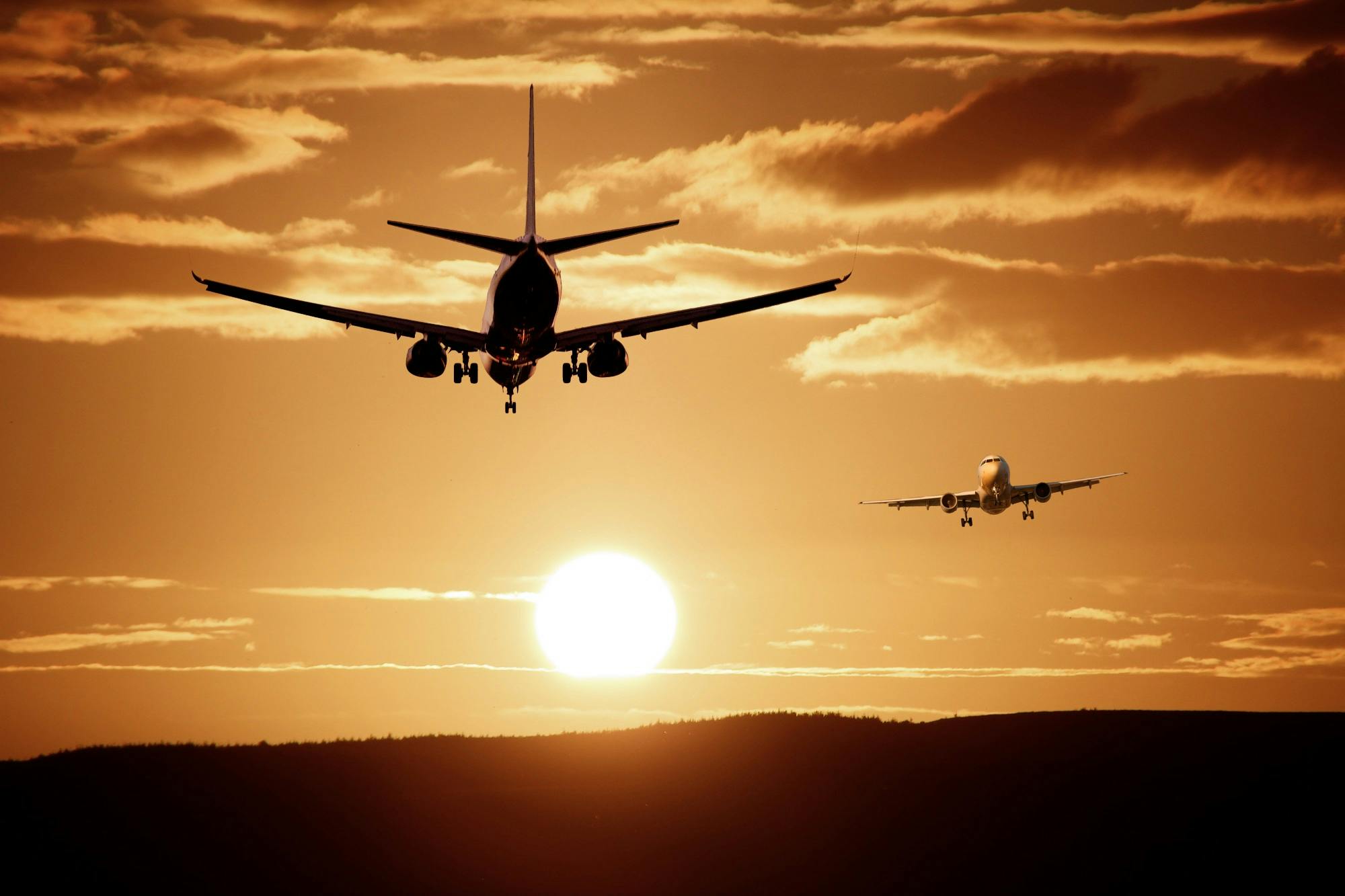In early May 2025, several major European airlines—including Lufthansa Group (with SWISS), Air France, British Airways, ITA Airways, and LOT Polish—announced they are diverting flights to bypass Pakistani airspace. Prompted by safety assessments and NOTAMs (Notices to Air Missions) marking northern Pakistani airways as unavailable through early May, these operators report added flight times of up to one hour on key routes such as Munich–Delhi, Rome–Delhi, and Frankfurt–Mumbai.

Why Are Carriers Stepping Around Pakistan?
- Safety and Conflict Risk: In light of ongoing India-Pakistan tensions following the Pahalgam terror attack, airlines conduct independent risk analyses. Even absent a formal ban, many deemed the airspace over northern Pakistan too uncertain for commercial overflights.
- NOTAM Advisories: On April 30, Flightradar24 flagged Air France, British Airways, and SWISS adjusting routes due to NOTAMs indicating unavailable airways. By May 2, Lufthansa, ITA, and LOT had joined the rerouting effort.
Routes and Time Penalties
- Extended Journeys: Common diversions include circumnavigating north-south corridors: e.g., Frankfurt flights now turn southwest over the Arabian Sea rather than cutting across Pakistan, adding roughly 45–60 minutes.
- Key Affected Sectors:
- Munich–Delhi (Lufthansa)
- Frankfurt–Mumbai/Hyderabad (Lufthansa)
- Rome–Delhi (ITA Airways)
- Warsaw–Delhi (LOT Polish)
Operational and Financial Impacts
- Fuel Consumption: Longer paths increase fuel burn by an estimated 5–8%, affecting airline cost bases and potentially leading to higher fares on affected routes.
- Crew Duty and Slot Constraints: Extended block times can push crew beyond regulated duty limits, forcing schedule adjustments or technical stops. Additional flying time may also strain slot allocations at busy hubs.
- Network Ripple Effects: East-bound and west-bound flights crossing South Asia—such as flights to Southeast Asia or Australia—may require replanning, impacting aircraft rotations across global networks.
Industry and Regulatory Responses
- Airline Statements: KLM (part of Air France-KLM) emphasized that “selecting safe and optimal routes is standard practice” and continues to monitor the situation. Other carriers issued similar assurances, noting that safety decisions rest with each operator.
- Coordination with Authorities: Airlines are in regular contact with the International Civil Aviation Organization (ICAO) and national aviation authorities to receive real-time updates on airspace conditions and NOTAMs.
- Passenger Communication: Carriers have proactively informed booked passengers of potential delays and, where needed, offered re-routing options or flexible rebooking.

Broader Context and Forward Outlook
- Parallel with Indian Carriers: Indian airlines have long been barred from Pakistani skies, rerouting their flights over the Arabian Sea. European carriers’ latest moves mirror practices by Air India, IndiGo, and others since Pakistan closed its airspace to Indian-registered aircraft in late April.
- Potential for Resumption: Should diplomatic tensions ease or NOTAMs lift, airlines will likely resume direct routes to shave travel times and reduce costs. Until then, safety-first policies will prevail.
- Long-Term Considerations: Airlines and regulators may explore new air corridors—over Oman or Iran—to optimize detours, and future infrastructure investments (e.g., fuel-efficient airframes) could mitigate the impact of occasional reroutes.
Frequently Asked Questions
Q: Why aren’t these routes banned by Pakistan?
A: No formal Pakistani directive bars foreign carriers, but airlines rely on NOTAMs and internal risk assessments to determine safety.
Q: How much longer are these flights?
A: Typically 45–60 minutes extra, depending on departure airport and final destination.
Q: Will ticket prices rise?
A: Carriers may incorporate higher fuel and operational costs into future fare structures, though immediate changes may be limited by competitive pressures.
Q: Can airlines refuel en route?
A: Technical stops are possible but disruptive; airlines prefer longer nonstop legs over added ground stops when feasible.
Q: Do these detours affect all South Asia flights?
A: Primarily flights between Europe and northern Indian cities; routes to southern or eastern destinations may be less affected.
Q: How do NOTAMs work?
A: NOTAMs alert pilots to hazards—such as closed airways or security risks—anywhere along a planned route.
Q: Are other regions experiencing similar reroutes?
A: Yes—airlines also avoid Yemeni and Libyan airspace due to ongoing conflicts, opting for safer corridors.
Q: Who decides on rerouting—the airline or regulators?
A: Airlines make the final call based on safety protocols, though regulators may issue advisories or restrictions.
Q: How can passengers stay informed?
A: Check airline communications, monitor flight-tracking apps, and review NOTAM updates for your route.
Q: Could new diplomatic talks reopen the airspace?
A: Potentially—any détente between India and Pakistan or airspace-sharing agreements could restore direct overflights, but timing remains uncertain.

Sources The Times of India


